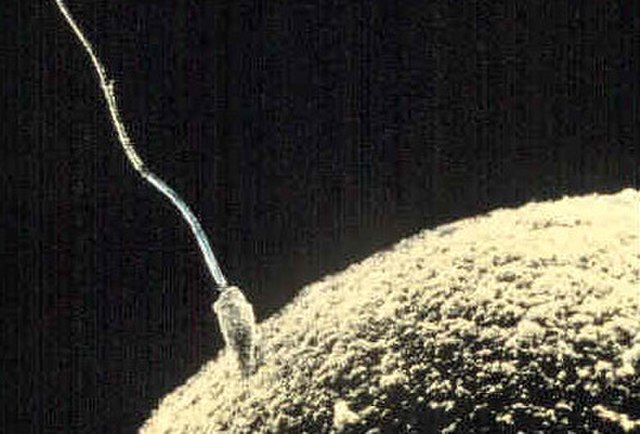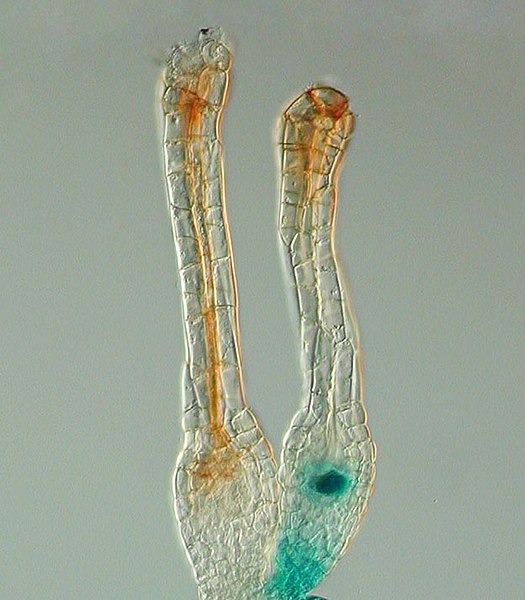Beginning of pregnancy controversy
Controversy over the beginning of pregnancy occurs in different contexts, particularly as it is discussed within the debate of abortion in the United States. Because an abortion is defined as ending an established pregnancy, rather than as destroying a fertilized egg, depending on when pregnancy is considered to begin, some methods of birth control as well as some methods of infertility treatment might be classified as causing abortions.
The viewpoint that pregnancy, or at least morally significant human life, begins at the exact moment that sperm and egg interact is highly controversial, although it is commonly held by groups such as the Roman Catholic Church and many traditionally religious individuals, and other alternate viewpoints are put forth.
Fertilisation or fertilization, also known as generative fertilisation, syngamy and impregnation, is the fusion of gametes to give rise to a zygote and initiate its development into a new individual organism or offspring. While processes such as insemination or pollination, which happen before the fusion of gametes, are also sometimes informally referred to as fertilisation, these are technically separate processes. The cycle of fertilisation and development of new individuals is called sexual reproduction. During double fertilisation in angiosperms, the haploid male gamete combines with two haploid polar nuclei to form a triploid primary endosperm nucleus by the process of vegetative fertilisation.
Sperm and ovum fusing
In the bryophyte land plants, fertilisation takes place within the archegonium. This moss has been genetically modified so that the unfertilised egg within the archegonium produces a blue colour.
Red-veined darters (Sympetrum fonscolombii) flying "in cop" (male ahead), enabling the male to prevent other males from mating. The eggs are fertilised as they are laid, one at a time.



